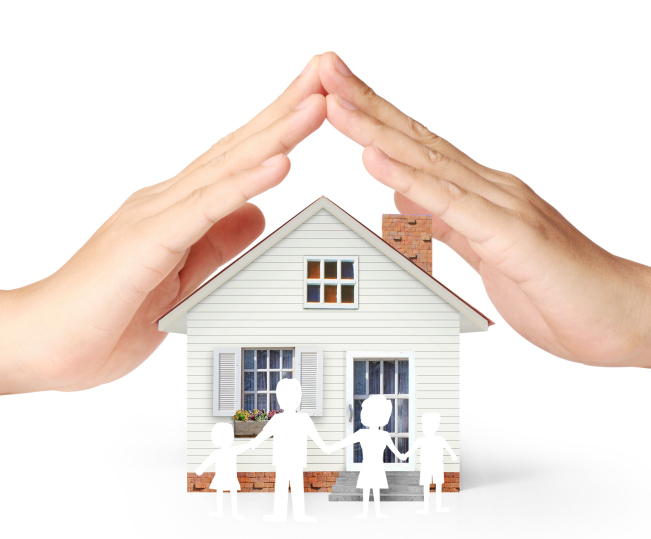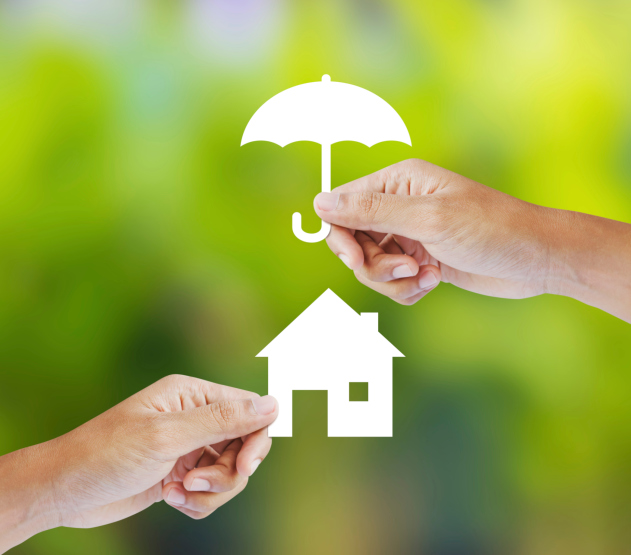FICO Scores: How Does Your FICO Score Impact Your Mortgage? Let’s Take a Look
 Homeowner’s insurance is an incredibly valuable and beneficial policy for homeowners to have, but it is necessary to understand what traditional policies do and do not cover. Once you familiarize yourself with the intricacies of various plans you will be better educated to make the proper decision when selecting your desired level of coverage.
Homeowner’s insurance is an incredibly valuable and beneficial policy for homeowners to have, but it is necessary to understand what traditional policies do and do not cover. Once you familiarize yourself with the intricacies of various plans you will be better educated to make the proper decision when selecting your desired level of coverage.
What’s Covered In Homeowner’s Insurance?
The majority of homeowner’s insurance plans will cover dwelling and other structure protection, personal property protection, natural disaster protection, and bodily injury liability protection. Dwelling and other structure protection plans cover damage to your home and other structures that are directly connected to the home, such as the garage. Personal property protection covers damage or loss of personal property within the dwelling. Natural disaster protection covers your home should a natural disaster cause damage, but note that natural disasters such as flooding and earthquakes typically are not covered. Finally, bodily injury liability protection typically covers injuries to individuals while on your property.
What Is Not Included In Homeowner’s Insurance?
As mentioned above, two of the major natural disasters that are not covered by homeowner’s insurance are flooding and earthquakes. There are specific insurance plans that cover flood damage and earthquake damage, but you’ll find that the vast majority of common homeowner’s insurance plans do not cover these types of disasters.
Homeowner’s insurance does not typically cover home business equipment either. If you are running a business from within your home, small business insurance is required to mitigate your risk.
Personal property over a certain value is also not typically covered unless supplemental coverage is purchased. Items such as expensive musical instruments, artwork, jewelry, and silverware should have their own insurance policy which is dedicated to valuable personal property.
Why You Might Need Homeowner’s Insurance
Homeowner’s insurance is intended to help protect you against the unexpected. You never know when a natural disaster such as a tornado or a lightning strike which causes a fire within your home might occur. Accidents do happen, and a visiting friend or relative can be injured on your property. Homeowner’s insurance is a great protection plan to have to make sure that both you and your property are covered should disaster strike.
When you’re ready to buy your next home, be sure to contact your local real estate agent to leverage their advice and expertise. Your agent will also be able to refer you to the best place to get homeowner’s insurance for your new home.
 For many homeowners, their mortgage payment contains more than just principal and interest. A little something called PMI could be representing a significant portion of that payment, and it’s important for home buyers to understand this cost.
For many homeowners, their mortgage payment contains more than just principal and interest. A little something called PMI could be representing a significant portion of that payment, and it’s important for home buyers to understand this cost. If you’re a homeowner who is looking to tap in to the home equity that you’ve spent years building you may be interested in a “reverse mortgage” or “home equity conversion mortgage”. While these unique financial tools aren’t for everyone, if you qualify for a reverse mortgage you’ll find that this might be the perfect financial solution which allows you to pay off your existing mortgage, or for some other regular expenses that you have.
If you’re a homeowner who is looking to tap in to the home equity that you’ve spent years building you may be interested in a “reverse mortgage” or “home equity conversion mortgage”. While these unique financial tools aren’t for everyone, if you qualify for a reverse mortgage you’ll find that this might be the perfect financial solution which allows you to pay off your existing mortgage, or for some other regular expenses that you have.